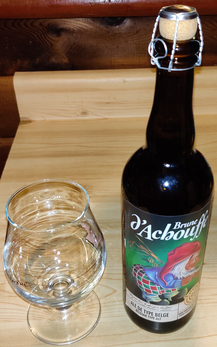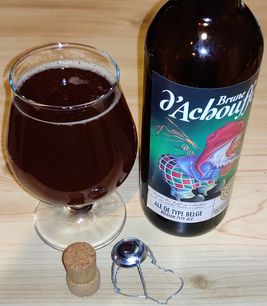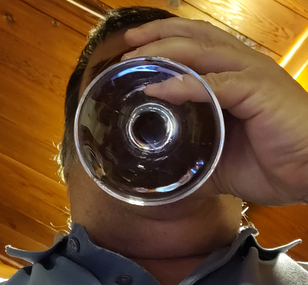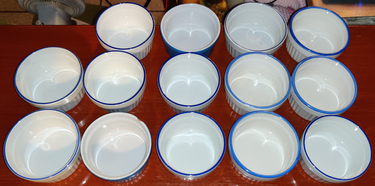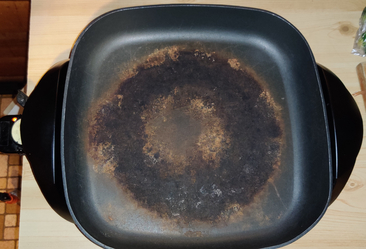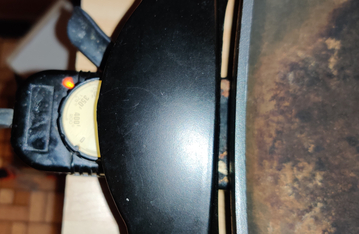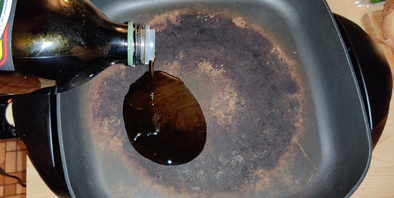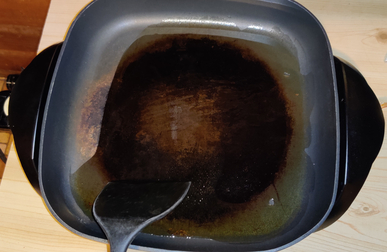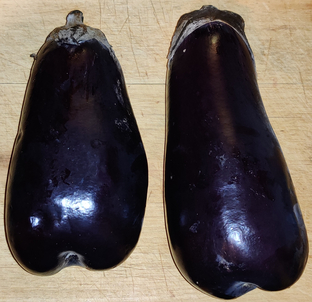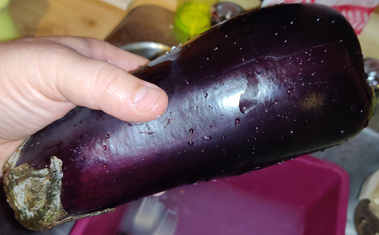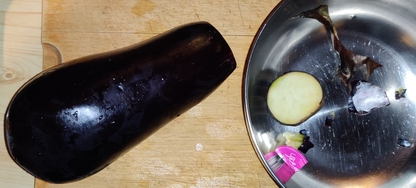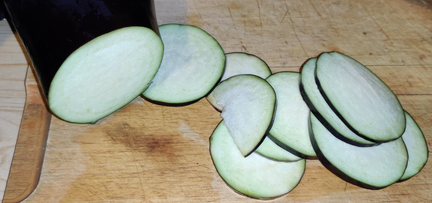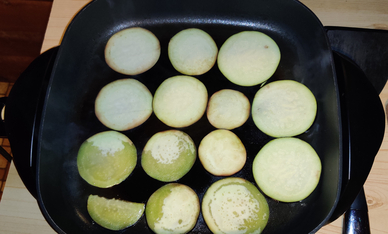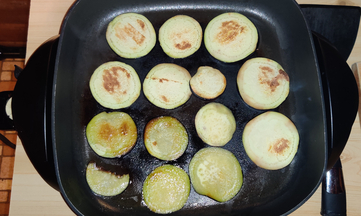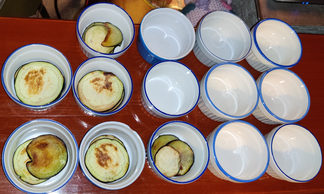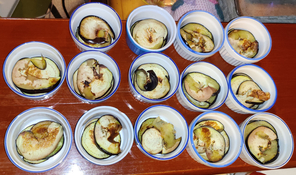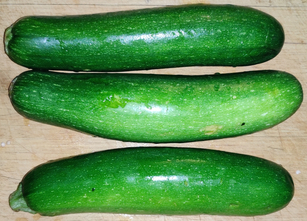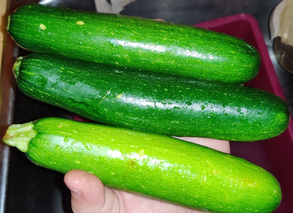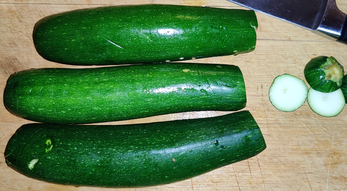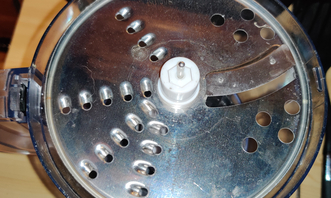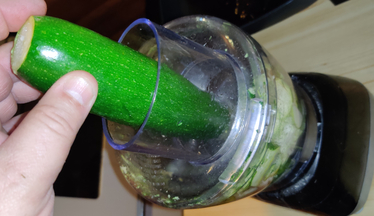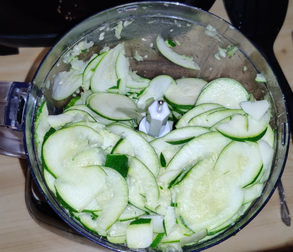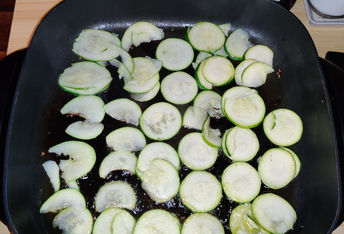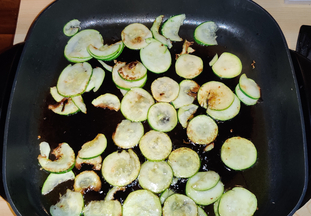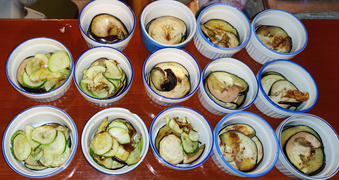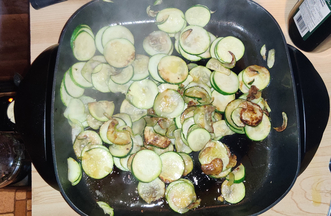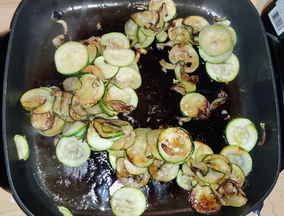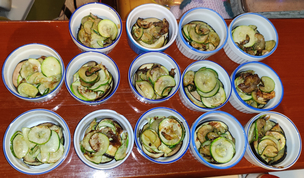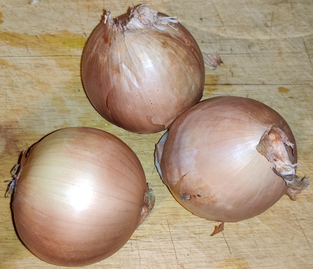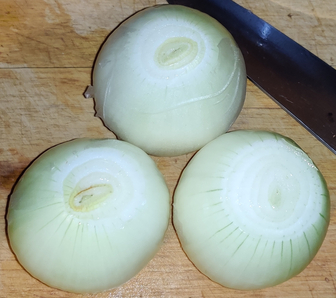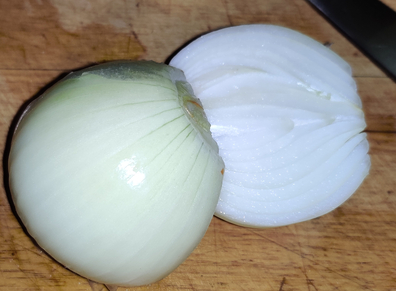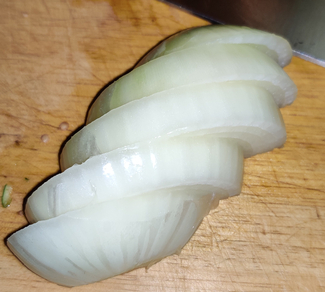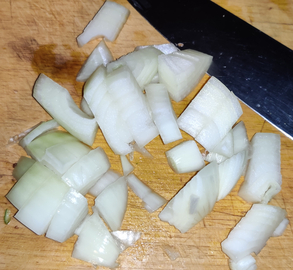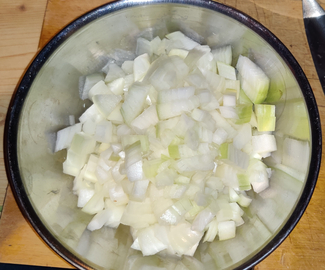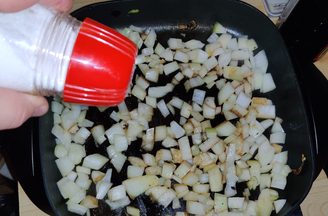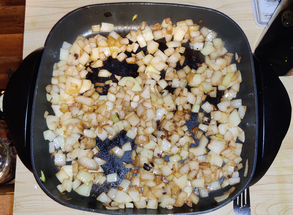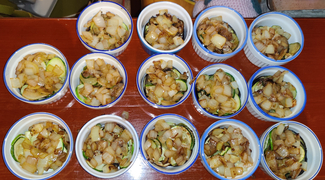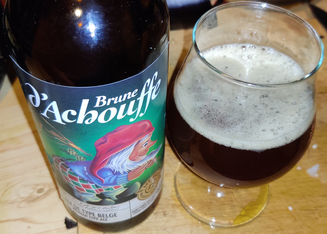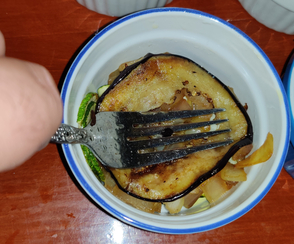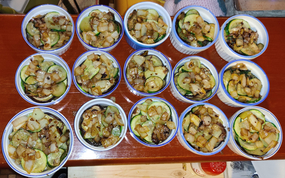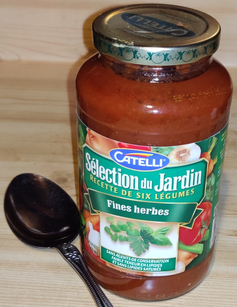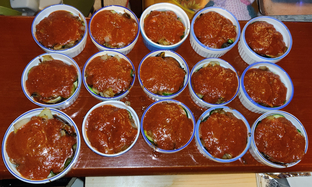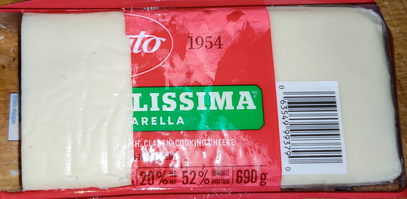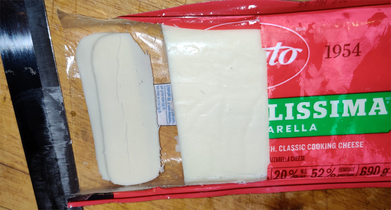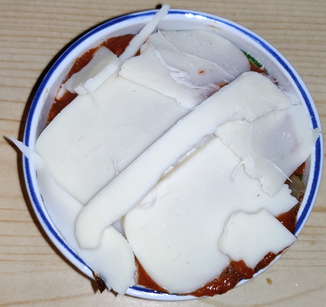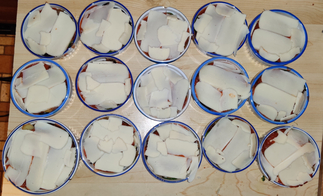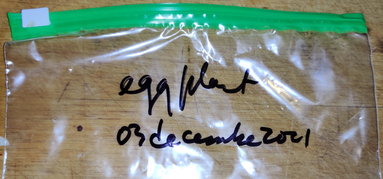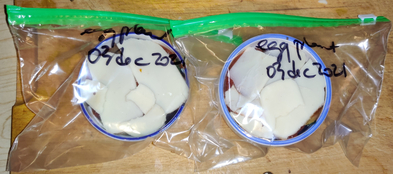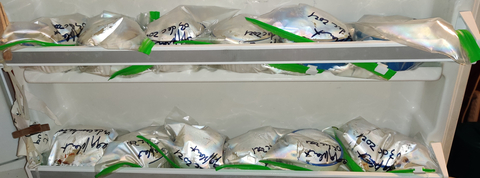This week, leading up to Christmas, and generally taking advantage of a week of holidays, I delved into my collection of recipes, and made plain white bread, as well as raisin bread (twice), lemon squares (twice), blondies, bran muffins (twice) for my mom, shortbread cookies, corned beef hash, my pepperoni pizza, and, the subject of this post, my mom’s turkey stuffing — of course, to use for family Christmas dinner, which I also made this year!
The various steps were performed over several sessions during the week (mostly cubing and drying bread), however, for the sake of narrative, the photos are listed, largely, as though it could have been done in two sessions. And, despite stating in the recipe that its cooking in a turkey is beyond the scope of the recipe, I do indeed show at the end of this post the cooking of the stuffing with the Christmas turkey, in response to a conversation with, and comment from, my brother: “If you get a trailer, you want to see it hooked up to a truck.“
Making the turkey stuffing:
Although the following picture was taken this past week as part of preparing for making the stuffing, normally, throughout the year I collect bread bits and bread crusts …
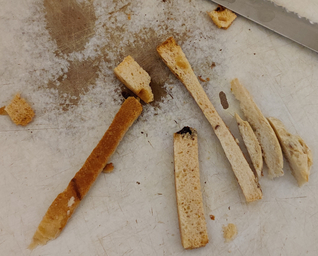
… and as I collect them I cube them and dry them, to add to a container of dried bread cubes:
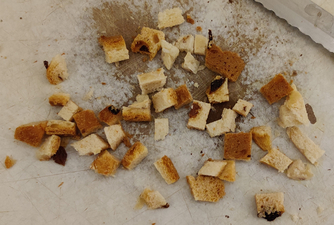
This week, bread I’d just made was taken out:
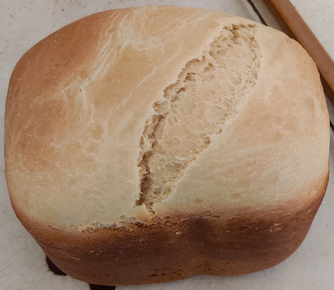
The loaf of bread was sliced for freezing, and some slices were put aside:
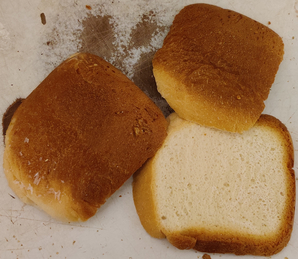
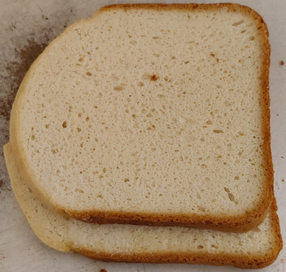
Bread slices were sliced into spears:
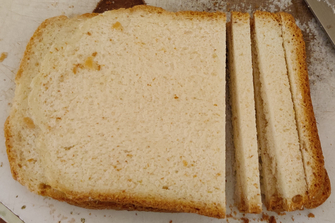
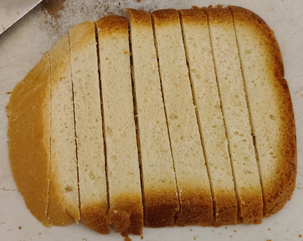
The bread spears were cut into cubes and placed on a tray to dry:
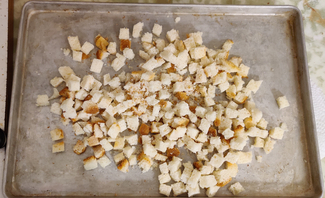
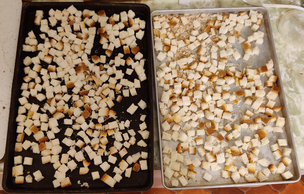
Once dried, the bread cubes were placed in a container I fill over time with dried bread cubes:
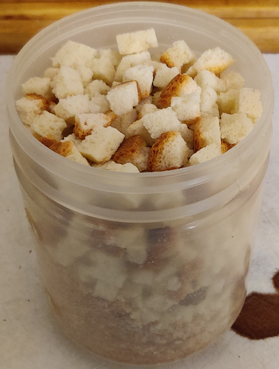
Fresh bread cubes were also put aside in a freezer bag and frozen, to be used later in the week when I made the turkey stuffing:
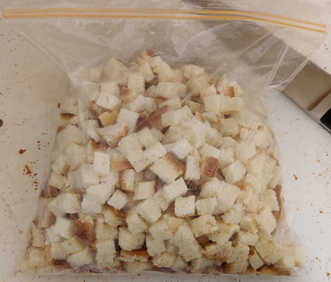
On the day I made the turkey stuffing, onions were taken out:
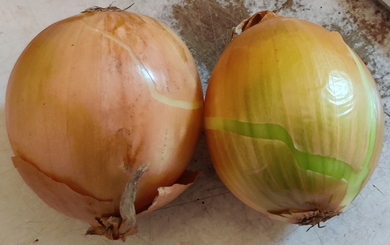
The onions were cleaned and trimmed:
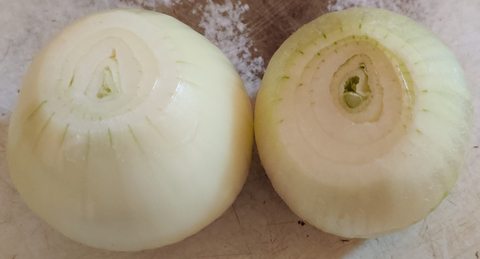
The onions were cut in half:
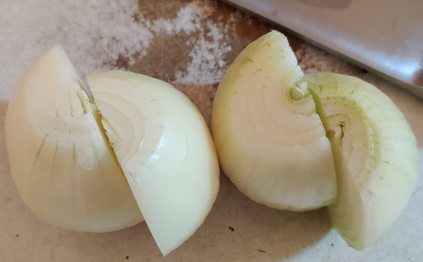
The onion halves were sliced into half coins:
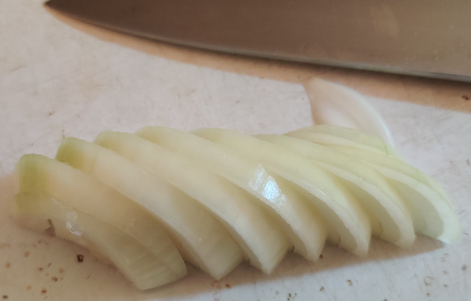
The onions were somewhat finely chopped:
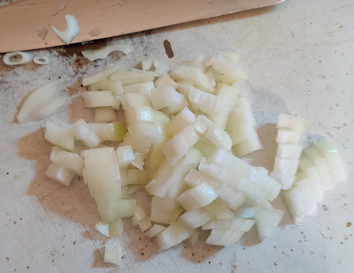
The chopped onions were transferred to a microwave oven safe cooking vessel, and put aside for a few moments:
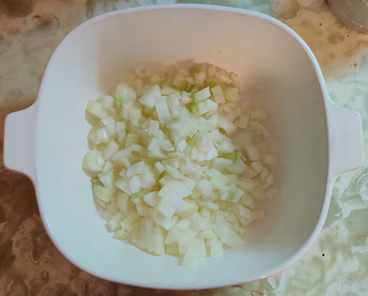
Bulk sausage meat was taken out:

… and removed from its packaging:
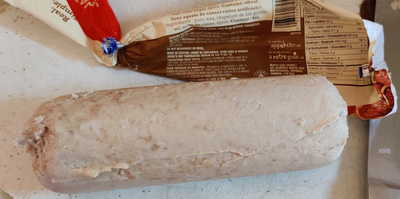
The sausage meat was broken up by hand and placed in the microwave oven safe cooking vessel along with the chopped onions:
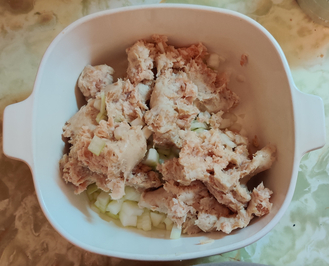
The sausage meat and onions were mixed together by hand:
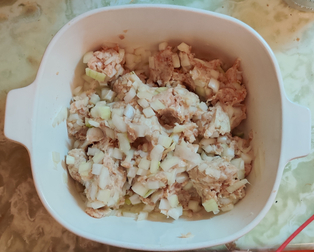
Time was set on my microwave oven:
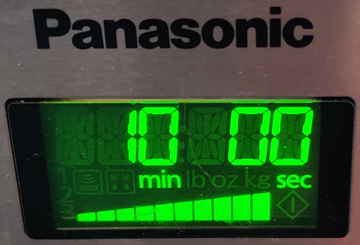
The microwave oven safe cooking vessel was placed in the microwave oven:
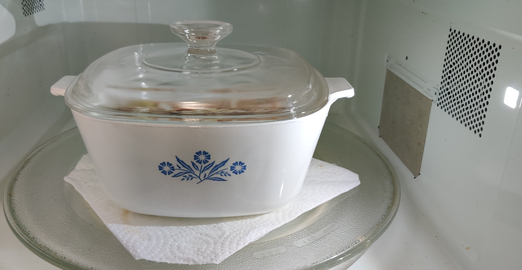
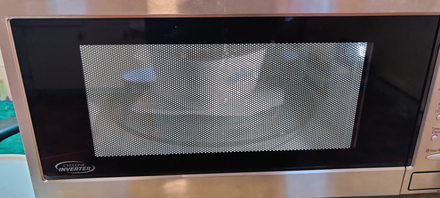
Part way through cooking the sausage meat and onions, they were taken out and large pieces were broken up with a large spoon:
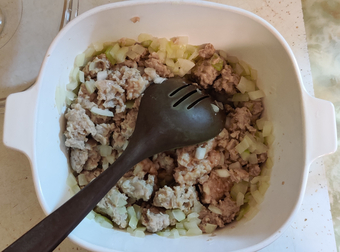
Mostly cooked sausage and onions:
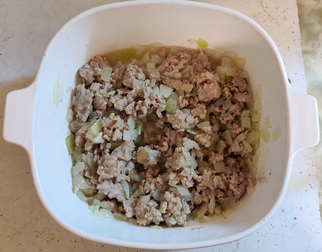
The fresh and dried bread cubes were taken out:
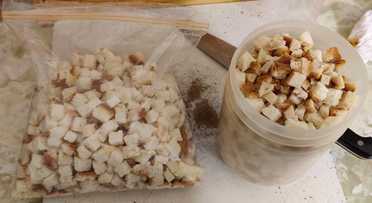
Fresh bread cubes were measured out:
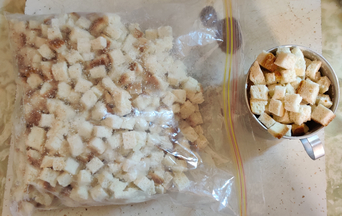
Fresh bread cubes were transferred to a large mixing vessel, in this case, my 16 litre soup pot:
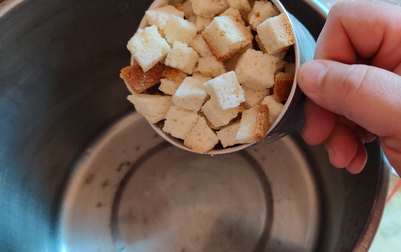
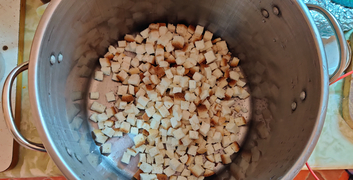
The cooked sausage meat and onions were added to the bread cubes
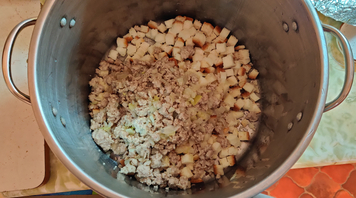
The bread cubes and the cooked sausage meat and onions were mixed with a large mixing spoon:
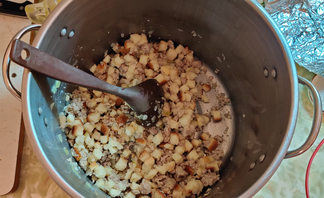
Chicken soup base was taken out:
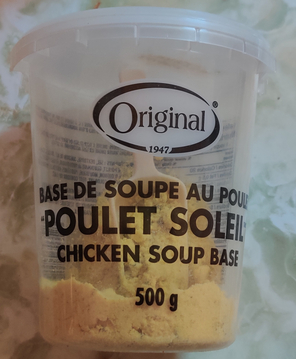
Chicken soup base was measured out:
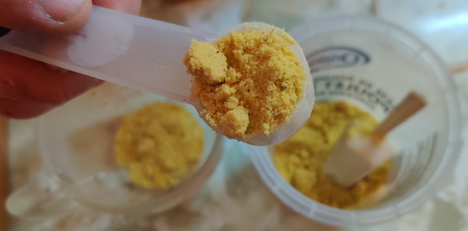
The chicken soup base was added to a measuring cup:
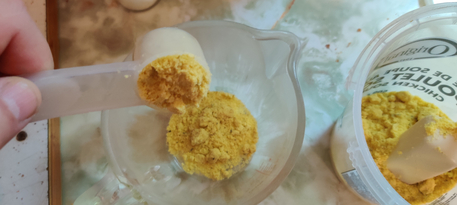
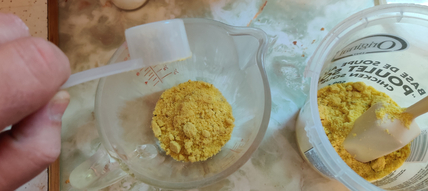
Water was added to an electric kettle:
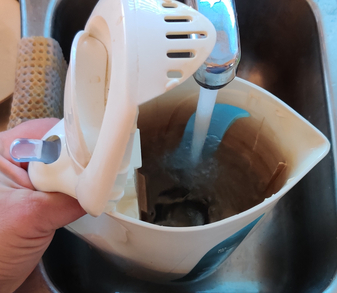
The kettle was turned on:
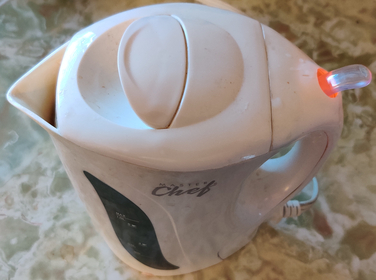
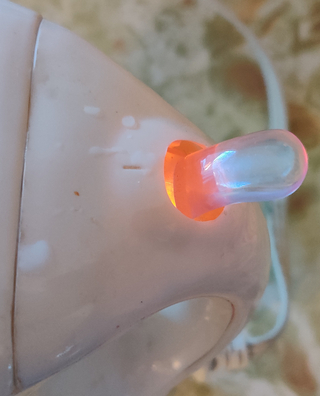
Once boiled, boiling water was added to the measuring cup with the chicken soup base:
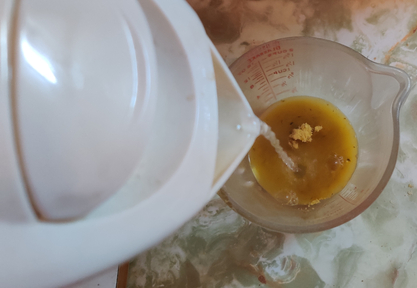
The chicken soup base and the boiling water were mixed together:
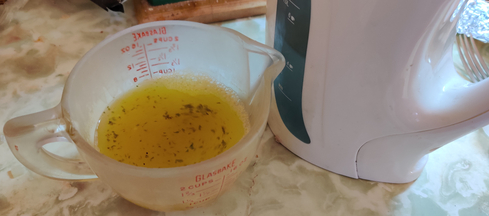
The chicken soup was added to the rest of the ingredients:
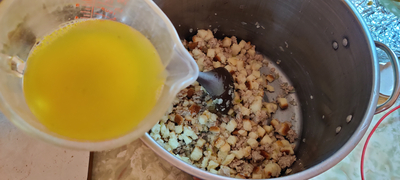
The ingredients were mixed together again with the large spoon:
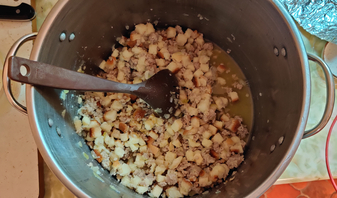
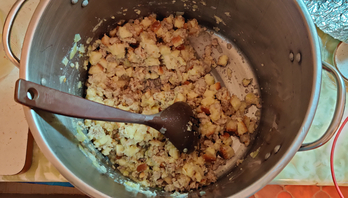
Savoury (spice) was taken out:
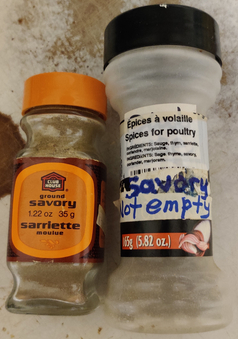
The savoury was sprinkled over the ingredients, and the ingredients were mixed again:
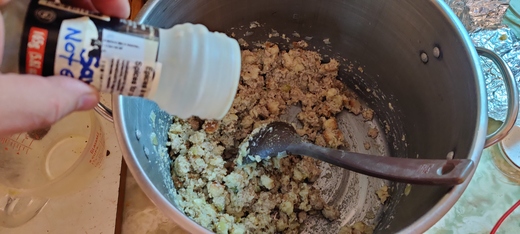
Dry bread cubes were measured out:
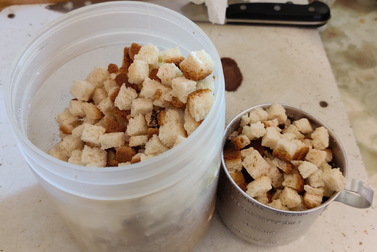
The dry bread cubes were added to the rest of the ingredients:
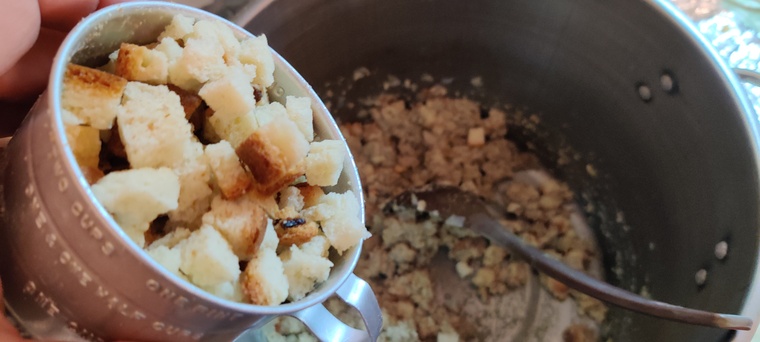
The ingredients were yet again mixed together with the large spoon:
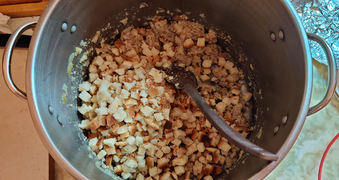
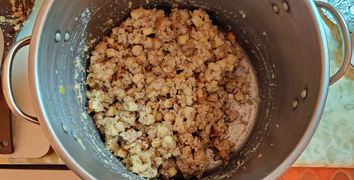
Gauze poultry stuffing bags were taken out:
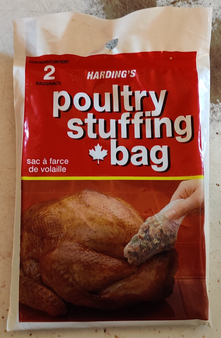
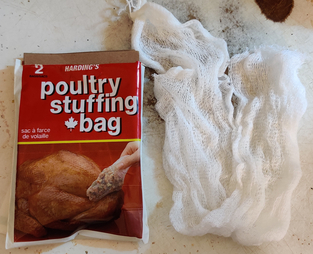
A gauze bag was filled with the stuffing:
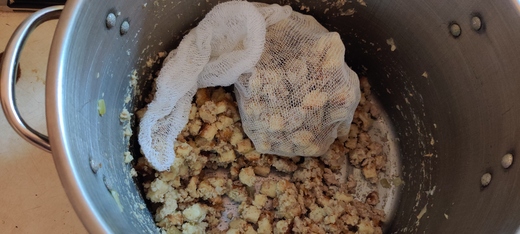
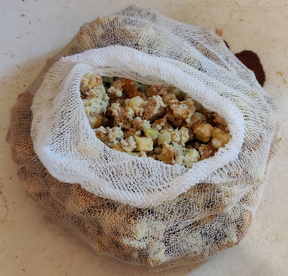
The gauze bag was tied off:
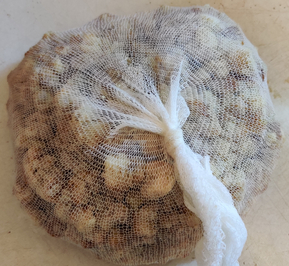
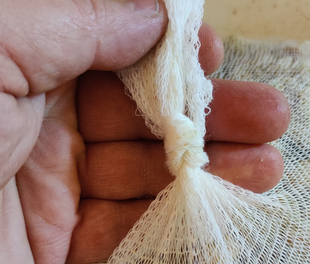
The gauze bag was placed in a sealable freezer bag and placed in a fridge for use later, on Christmas day:
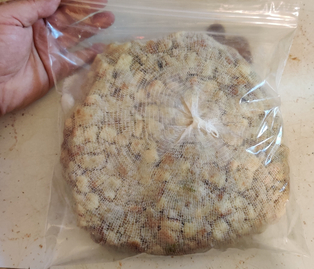
And in the spirit of seeing the “trailer hooked up to a truck”, here are photos from Christmas day, cooking the turkey and stuffing:
On Christmas day, the gauze bag with the stuffing was taken out of the freezer bag, and placed on a baking rack in a roasting pan:
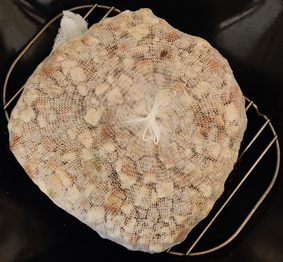
Bacon was taken out:
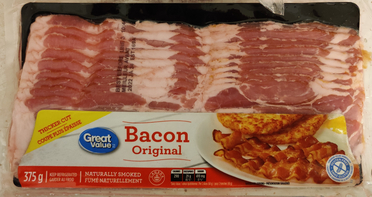
Slices of bacon were placed on top of the stuffing:
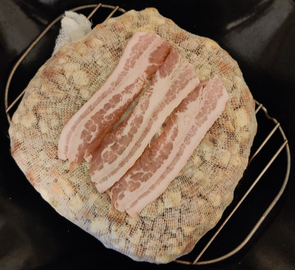
Two turkey breasts, tied together with butcher’s string, were placed on top of the stuffing:
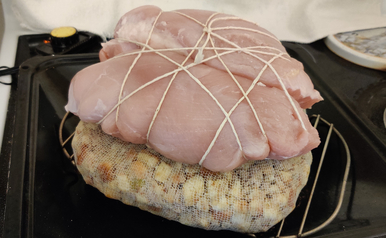
Bacon was liberally wrapped over and around the turkey and stuffing:
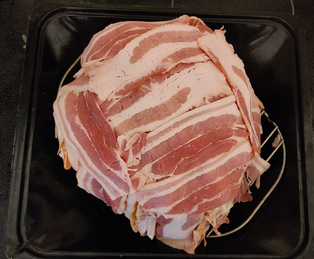
The Christmas turkey was placed in the oven:
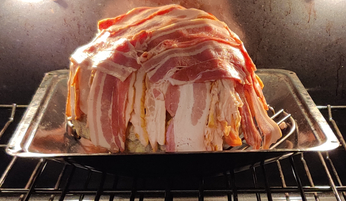
After some cooking, basting, and browning, aluminum foil was placed on top of the turkey partway through cooking the turkey in order to avoid burning on the outside and drying out of the turkey, while the inside of the turkey and stuffing continued to cook (a meat thermometer was critical):
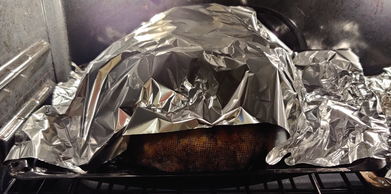
The fully cooked turkey and stuffing were taken out of the oven:
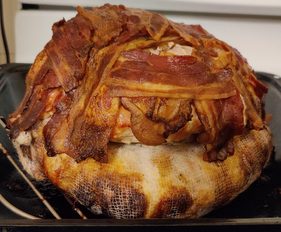
The turkey stuffing was taken out of the gauze bag and transferred to a serving vessel, ready for Christmas dinner:
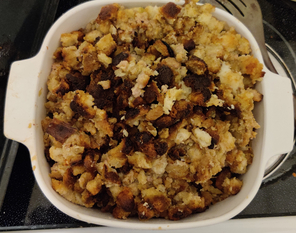
Yummy!
(And — mom loved it!)

